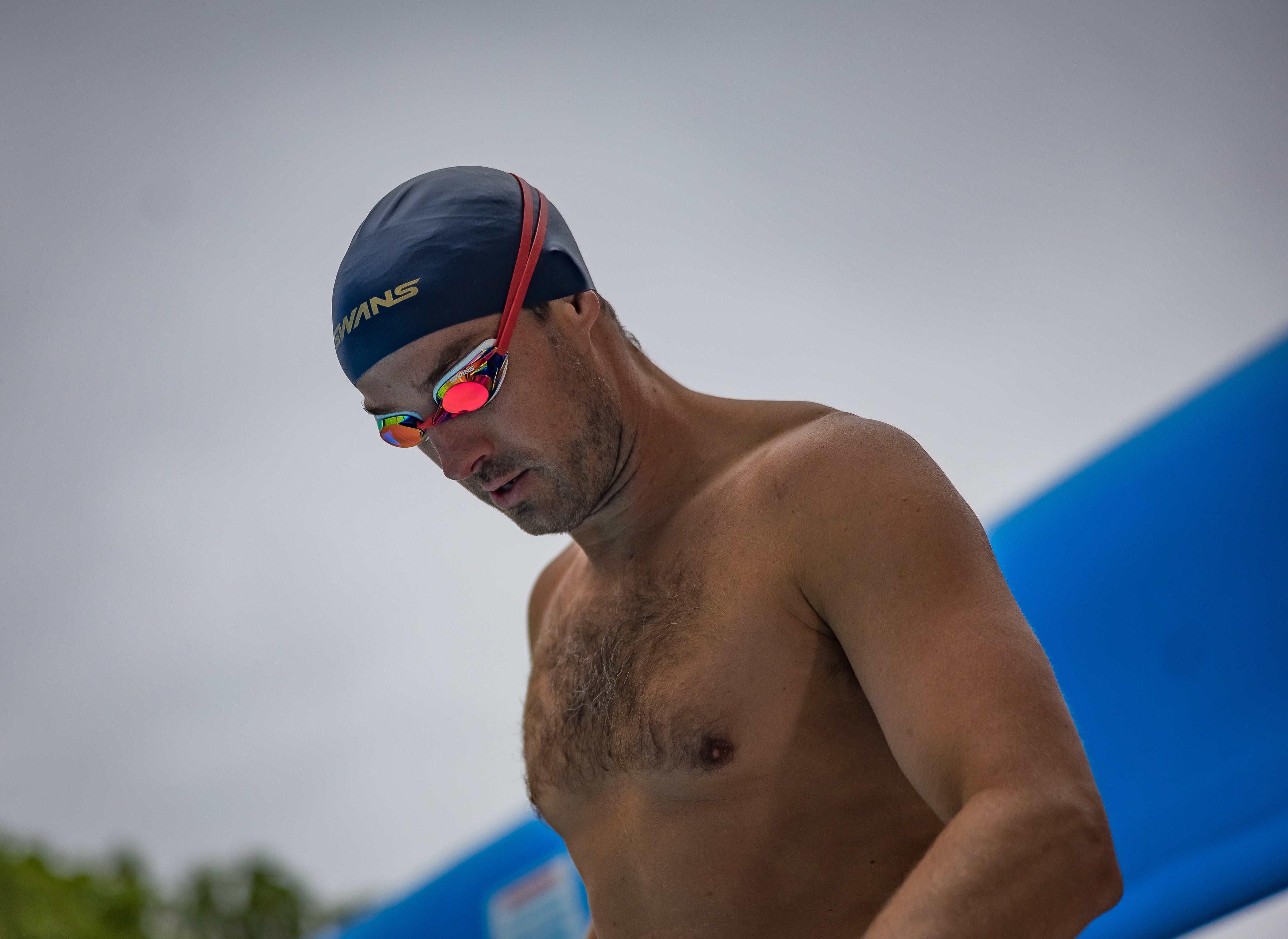Swimming is one of the best full-body workouts you can do. Whether you're a beginner or a seasoned swimmer looking to get back into the water, establishing a new swim routine can feel both exciting and challenging. Here's a step-by-step guide to help you ease into your new swim routine and make it stick.
1. Set Clear Goals
Before diving in, take a moment to reflect on what you want to achieve with your swim routine. Are you swimming for fitness, stress relief, weight loss, or competition? Defining your "why" will help you stay motivated and create a structured plan.
Pro Tip: Write down your goals and set milestones to track your progress. For instance, if you're a beginner, aim to swim continuously for 10 minutes, then gradually increase to 30 minutes over a few weeks.
2. Start Small and Build Gradually
It’s tempting to dive headfirst into a rigorous routine, but starting small is key to avoiding burnout or injury. If you're new to swimming, begin with two to three sessions per week, each lasting 20–30 minutes. Over time, increase the duration, intensity, and frequency of your swims.
Sample Beginner Schedule:
-
Week 1-2: Swim 2 days a week for 20 minutes.
-
Week 3-4: Swim 3 days a week for 30 minutes.
-
Week 5: Add variety with intervals or different strokes.
3. Equip Yourself Properly
Having the right gear can make your swim sessions more comfortable and enjoyable. Invest in a good-quality swimsuit, goggles, and a swim cap. Consider additional gear like fins, kickboards, or pull buoys to diversify your workouts.
4. Focus on Technique
Proper technique is essential for efficient swimming and preventing injury. If you’re new to swimming, consider taking a few lessons with a certified swim coach or watching instructional videos to learn the basics of freestyle, breaststroke, backstroke, and butterfly. For seasoned swimmers, a coach can help refine your stroke and boost your efficiency.
Common Mistakes to Avoid:
-
Holding your breath instead of exhaling underwater.
-
Kicking too hard or with poor alignment.
-
Overreaching or crossing your arms during freestyle.
5. Plan Your Workouts
Walking into the pool without a plan can lead to unproductive sessions. Create a workout plan that aligns with your goals. A well-rounded swim workout typically includes:
-
Warm-Up: 5-10 minutes of easy swimming to loosen up.
-
Main Set: Focused laps with specific goals, such as speed, endurance, or technique.
-
Cool Down: 5-10 minutes of easy swimming to relax your muscles.
Example Intermediate Workout:
-
Warm-Up: 200m easy freestyle.
-
Main Set: 4x50m freestyle sprints with 30 seconds rest.
-
Cool Down: 100m breaststroke or backstroke.
6. Stay Consistent
Consistency is the secret to progress. Schedule your swim sessions just like you would a work meeting or a social event. Choose times when you're least likely to cancel, such as early mornings or after work. Consider joining a swim club or finding a swim buddy to keep you accountable.
7. Add Variety to Keep It Fun
Avoid monotony by incorporating different strokes, drills, and pool workouts. Try:
-
Intervals: Alternate between high-intensity sprints and slower recovery laps.
-
Stroke Work: Focus on perfecting one stroke per session.
-
Equipment: Use fins or paddles for added resistance and fun.
8. Track Your Progress
Keeping a swim log can help you see how far you've come and identify areas for improvement. Record details such as:
-
Distance swum.
-
Time per lap or set.
-
Stroke type and focus.
-
How you felt during the workout.
9. Prioritize Recovery
Swimming is a demanding activity that engages multiple muscle groups. To avoid fatigue and enhance your performance, prioritize recovery by:
-
Staying hydrated.
-
Eating a balanced diet rich in protein and carbohydrates.
-
Stretching or doing yoga to improve flexibility and prevent soreness.
10. Celebrate Your Milestones
Finally, reward yourself for hitting milestones, whether it's completing your first 500m swim or mastering a new stroke. Celebrating small wins keeps you motivated and makes the journey more enjoyable.
Getting into a new swim routine doesn’t have to be daunting. By setting clear goals, starting small, and staying consistent, you’ll build a routine that’s both sustainable and rewarding. Dive in, enjoy the process, and watch your skills and confidence grow with every stroke!


